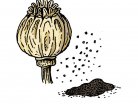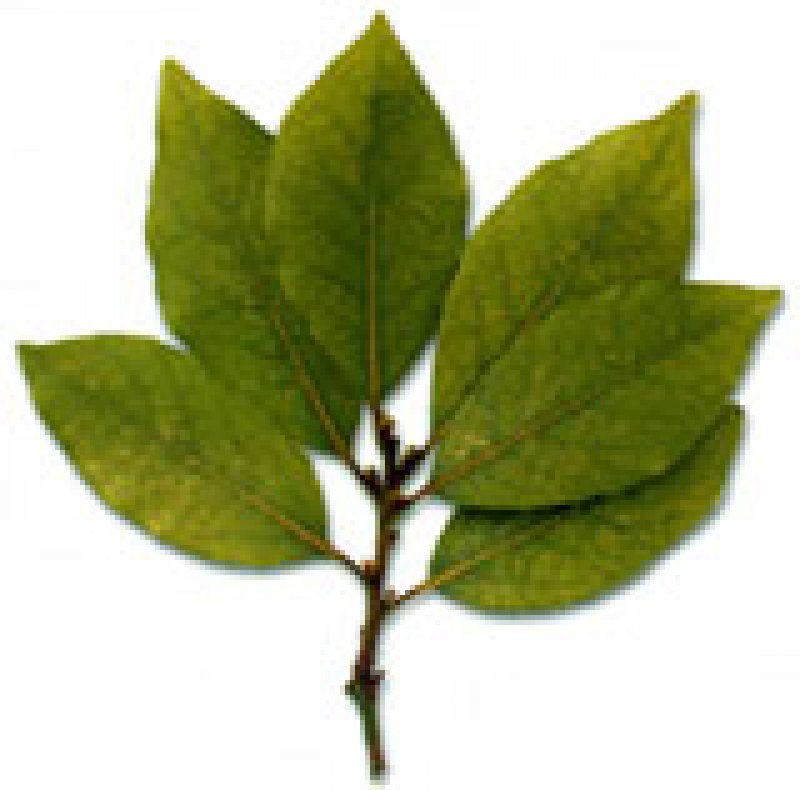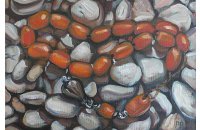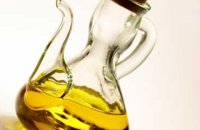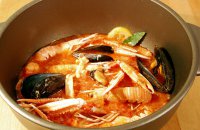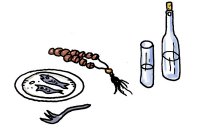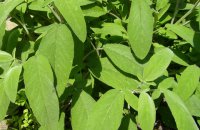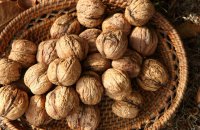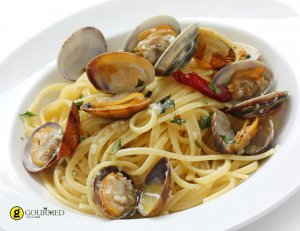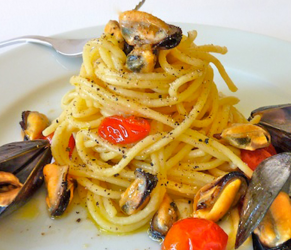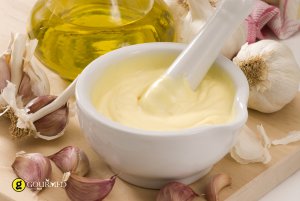Mythology - History: Apollo fell in love with the daughter of river-god Ladonas, Dafne, an extremely beautiful maiden, but quite independent, even a wild creature. When Apollo chased her to express his love for her, she took refuge with the goddess Gea (Earth), who transformed her into a slender tree: the laurel tree.
The myth continues with Apollo slaying the dragon Python on the banks of a river, then Apollo bathing in the waters of this river, cutting laurel sprigs from its banks, and marching triumphantly into the town of Delphi crowned with laurel leaves. Since then, the laurel has served as a symbol of purification, victory, glory, and honor. It has also been known as the sacred symbol of the physician Asclepius.
Ancient Medicine: In ancient Crete, women would create a hair tonic by exposing a vase of green olive oil with laurel berries to direct sunlight. This oil was used to massage the limbs suffering from rheumatism or muscle fractures, as well as to rejuvenate the hair. Farmers would also sprinkle their stock with laurel-water to keep away parasites. Furthermore, physicians would use the powder from dried laurel leaves to stop nose hemorrhaging, as well as to aid in stomach digestion.
Harvest - Purchase - Storage: Because laurel leaves lose their color and aroma during the process of drying, they are usually kept in sachets or jars that are tightly sealed, rather than preserved in the direct sunlight. The best laurel leaves to purchase are the ones that have been preserved in airtight packages.
Cultivation: Laurel is an evergreen shrub whose cultivation requires rich soil, ample sunlight, and protection from the wind. It can be grown from seeds, but buying cuttings and transplanting them during the spring is even more effective.
Cooking: In traditional Greek and Cretan cuisine, laurel leaves were used to add aroma to fried figs and raisins, as well as to keep bugs away. Today, laurel leaves are added to lentil soups, veal or rabbit stews, and also used in the preparation of traditional yeast ("kounenos"). Such yeast is most often used in a uniquely Greek variety of bread made from chickpea flour. Furthermore, laurel is part of the bouquet garni of aromatic herbs used to add flavor to various soups, rice dishes, and grilled meat. You can also find it in pork and/or veal jellies.
When laurel leaves are allowed to soak in lukewarm milk, the milk will take on a pleasantly sweet taste and aroma. Laurel is also used in puddings and milk pies. The herb is best used when fresh, as this is when its aroma and taste is quite strong.
The Many Faces of Bay leaf
Scroll down to discover everything you could every need to know about bay leaves, laurel or "Dafne" in Greek
Tips
Bay leaves are a fixture in the cooking of all Mediterranean cuisines
Country:
Category:
Related Articles
Most Popular recipes












































